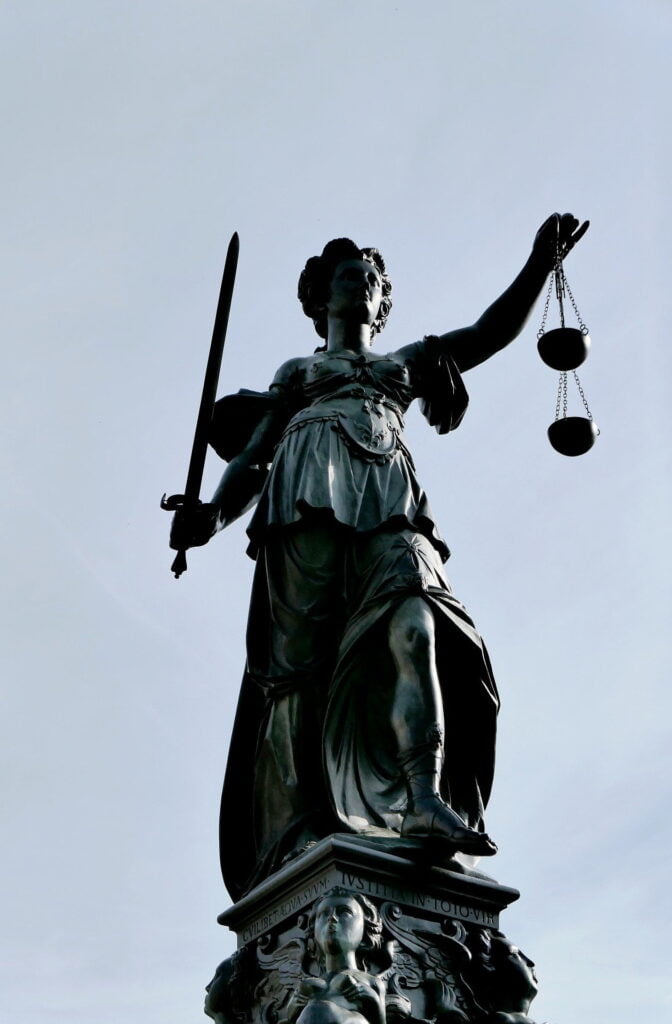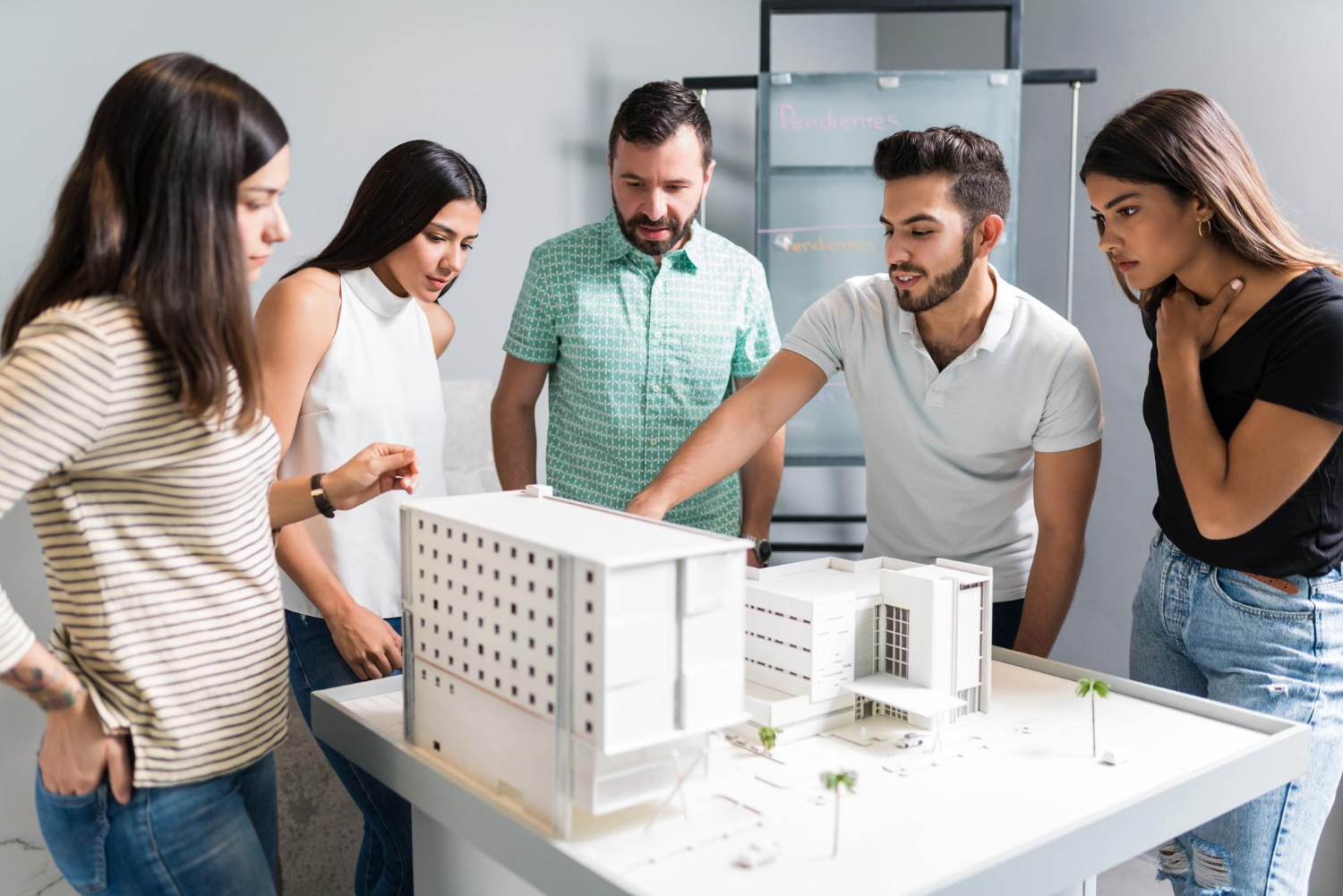NYC Local Law 88: What Building Owners and Developers Need to Know
By Barry E. Janay, Esq.
The Law Office of Barry E. Janay, P.C.
Introduction
New York City’s Local Law 88 (LL88) is a transformative regulation targeting energy efficiency in large buildings, with significant implications for building owners and developers123. As part of the city’s Greener, Greater Buildings Plan, LL88 mandates upgrades to lighting systems and the installation of electrical sub-meters, aiming to reduce energy consumption and improve transparency in energy usage13.
Who Must Comply with Local Law 88?
LL88 applies to a broad range of properties, including:
-
Multiple buildings on a single tax lot or in a condominium form of ownership that together exceed 100,000 gross square feet234.
-
Both residential and commercial properties that meet these thresholds, including landmarked buildings23.
Exemptions include single to three-family homes and garden-style apartments23.
Key Requirements Under LL88
1. Lighting System Upgrades
-
All common areas and tenant spaces must be upgraded to meet the latest New York City Energy Conservation Code (NYCECC) standards123.
-
Typical upgrades involve replacing outdated lighting with energy-efficient alternatives, such as LEDs, and installing daylighting or occupancy controls where required124.
-
Lighting systems installed on or after July 1, 2010, that are already code-compliant may not require further upgrades24.
2. Electrical Sub-Metering
-
Sub-meters must be installed in all non-residential tenant spaces larger than 5,000 gross square feet24.
-
For mixed-use or commercial buildings, this ensures that each qualifying tenant receives monthly energy usage statements, empowering them to monitor and manage their consumption124.
-
Dwelling units and spaces already individually metered may be exempt24.
Compliance Deadlines and Reporting
-
Lighting and sub-metering upgrades must be completed by January 1, 2025125.
-
Compliance reports must be submitted to the NYC Department of Buildings by May 1, 2025, accompanied by a $115 filing fee657.
-
Reports must be certified by a Registered Design Professional, Licensed Master Electrician, or Licensed Special Electrician267.
-
Documentation should include proof of upgrades, a list of covered tenant spaces, and sample monthly statements for sub-metered tenants27.
Penalties for Non-Compliance
Failure to comply with LL88 can result in substantial annual fines:
-
$1,500 per year for not filing a lighting upgrade report289.
-
$1,500 per year for not filing a sub-meter installation report289.
-
$500 per year for each covered tenant space without a required sub-meter289.
-
Non-compliance may also impact building insurance, permits, resale value, and ESG scores14.
Practical Steps for Owners and Developers
-
Conduct a Lighting Audit: Identify and prioritize areas needing upgrades13.
-
Plan and Implement Retrofits: Replace outdated fixtures and install compliant lighting and controls12.
-
Inventory Tenant Spaces: Determine which spaces require sub-metering and install meters accordingly12.
-
Maintain Documentation: Keep records of all upgrades, meter installations, and reporting activities for DOB inspections127.
-
Engage Professionals: Work with qualified experts to ensure all work is certified and compliant267.
Conclusion
Local Law 88 represents a pivotal shift toward sustainable building operations in New York City. Building owners and developers who act proactively can not only avoid costly penalties but also benefit from improved energy efficiency, tenant satisfaction, and future-proofed assets134. For tailored guidance and legal support on LL88 compliance, contact The Law Office of Barry E. Janay, P.C.
This article is for informational purposes only and does not constitute legal advice. For assistance with LL88 compliance, please consult with a qualified attorney.









